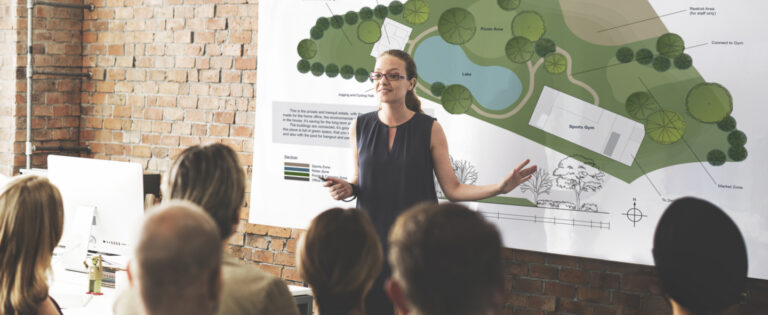
The public meeting is a foundational element of democracy in local government. It’s here that policy is reviewed, citizen voices are heard and decisions are made. Because of that, it’s imperative that their execution is flawless.
With sometimes hundreds of action items in a single meeting, clerks—the modern day superhero of government—are faced with a huge task: How to manage public meetings to ensure everything gets done in a reasonable amount of time for everyone involved.
[Last week, this blog shared with clerks some tips for preparing for events like this. You can view that post here.]
We went straight to the experts in meeting management themselves: the clerks! They were asked for their best time-saving tips in a survey conducted earlier this year. The findings were published in our guide, “Simplify Your Work Life: An Efficiency Guide for Managing Public Meetings.”
Here are some tips they recommended to keep a meeting on track:
Running an efficient meeting means sticking to the agenda at hand. It’s far too easy for conversation to stray onto other topics, get sidetracked when someone brings the wrong version of the agenda, or brought to a halt when supporting documents aren’t available to everyone.
One way to solve that issue: Digitize your agenda-management process. Tools like Granicus’ Meeting and Agenda Management solution provide version control and always ensure supporting documents are on hand.
Meetings often result in action items a clerk needs to perform after the fact. Many in our survey indicated that they organize these item in real time on the agenda as a checklist for them to go over after the fact. It’s easier to manage public meetings when you have a system like this in place.
“I use my agenda to make sure I disseminate information to all departments,” says Cynthia Ege, City Clerk for Lambertville, New Jersey.
Every municipality has the regulars who show up to every meeting to share their opinion. But managing public meetings properly means recognizing that not everyone can show up, even when the topic is of particular importance to them. Life, after all, often gets in the way.
That’s why it’s important to provide alternative ways to citizens to participate. One way to do that is with live streaming and/or recorded video for people to watch at their convenience. This allows them to find out what happened and potentially submit their own comments after the fact.
Video of a public meeting has another benefit: It can help with minute creation. For instance, Granicus’ Video solution easily integrates with our other Meeting and Agenda software to sync your agenda to video items, allows closed captioning that makes searching for specific parts of meetings easier, and reduces the amount of time needed for minute creation.
Want to learn more about the best ways to prepare, run and follow up on a public meeting? Register today for our webinar, Municipal Clerks vs. The Clock, on August 22 at 2 p.m. EST.